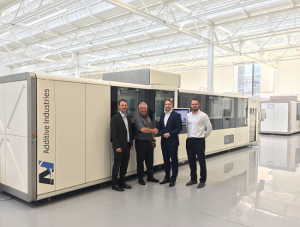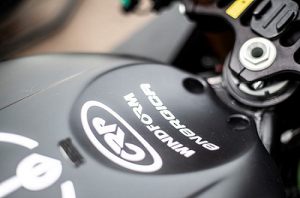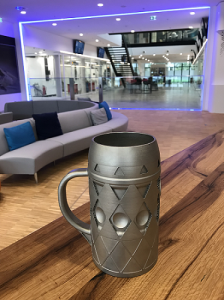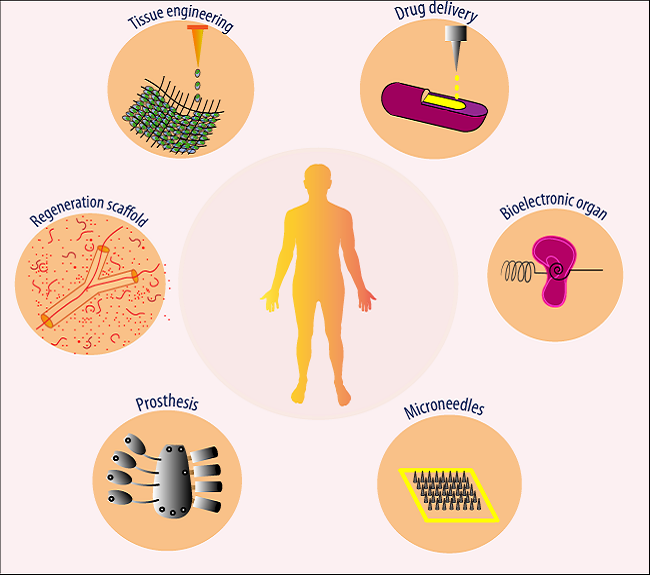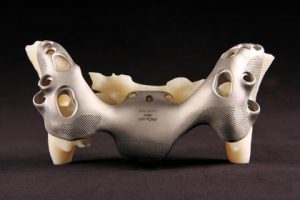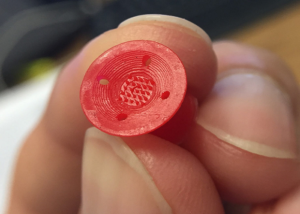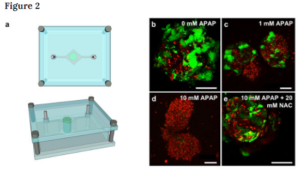Space is one of the most attractive frontiers for humans and 2020 has been one of the most exciting years for space exploration. For starters, companies are sending rockets to space, uncrewed rockets that is, at least for now, as they prepare for future missions to the Moon and later on, to Mars. March is not over yet and we have already witnessed 17 successful rocket launches to orbit. And space technology company Rocket Lab is quickening the pace, now planning its second mission set to launch by the end of the month.
Called “Don’t Stop Me Now”, the next mission launch will deploy payloads for the National Aeronautics and Space Administration (NASA), the National Reconnaissance Office (NRO) and the University of New South Wales (UNSW) Canberra Space.
Founded in New Zealand in 2006 by engineer Peter Beck, Rocket Lab is well known for 3D printing lightweight, high-performance rocket engines, like the Rutherford. The payload on the next mission will launch aboard the company’s Electron rocket, Rocket Lab’s twelfth Electron launch since the company began launches in May 2017.
Overall, this mission will enable university research into Earth’s magnetic field, support the testing of new smallsat comms architecture, and demonstrate a fast, commercial approach for getting government small satellites into space, which helps advance scientific and human exploration.
Rocket Lab’s next launch will be the second for the NRO, a major US intelligence agency, the first one was on board the company’s last dedicated mission, “Birds of a Feather”, which was launched aboard a Rocket Lab Electron rocket on January 31 from Rocket Lab Launch Complex 1, in New Zealand.
Beck said the mission is a great example of the kind of cutting-edge research and fast-paced innovation that small satellites are enabling.
“It’s a privilege to have NASA and the NRO launch on Electron again, and we’re excited to welcome the UNSW onto our manifest for the first time, too,” he went on. “We created Electron to make getting to space easy for all, so it’s gratifying to be meeting the needs of national security payloads and student research projects on the same mission.”
According to the company, the rideshare mission will launch several small satellites, including the ANDESITE (Ad-Hoc Network Demonstration for Extended Satellite-Based Inquiry and Other Team Endeavors) satellite created by electrical and mechanical engineering students and professors at Boston University (BU). The satellite will launch as part of NASA’s CubeSat Launch Initiative (CSLI) and will conduct a groundbreaking scientific study into Earth’s magnetic field.
Once in space, the ANDESITE satellite will initiate measurements of the magnetosphere with onboard sensors, later releasing eight pico satellites carrying small magnetometer sensors to track electric currents flowing in and out of the atmosphere, a phenomenon also known as space weather. These variations in electrical activity racing through space can have a big impact on our lives here on Earth, causing interruptions to things like radio communications and electrical systems.
The ANDESITE satellite follows on from Rocket Lab’s first Educational Launch of Nanosatellites (ELaNa) launch for NASA, the ELaNa-19 mission, which launched a host of educational satellites to orbit on Electron in December 2018, as part of an initiative to attract and retain students in the fields of science, technology, engineering and mathematics.
The mission also carries three payloads designed, built and operated by the NRO. The mission was procured under the agency’s Rapid Acquisition of a Small Rocket (RASR) contract vehicle. RASR allows the NRO to explore new launch opportunities that provide a streamlined, commercial approach for getting small satellites into space, as well as provide those working in the small satellite community with timely and cost-effective access to space.
“We’re excited to be partnering with Rocket Lab on another mission under our RASR contract,” indicated Chad Davis, Director of NRO’s Office of Space Launch. “This latest mission is a great example of the collaborative nature of the space community and our goal as space partners to procure rideshare missions that not only meet our mission needs but provide opportunities for those working with smallsats to gain easy access to space.”
A statement by the company also suggests that the ANDESITE and NRO payloads will be joined on the mission by the M2 Pathfinder satellite, a collaboration between the UNSW Canberra Space and the Australian Government. The M2 Pathfinder will test communications architecture and other technologies that will assist in informing the future space capabilities of Australia. The satellite will demonstrate the ability of an onboard software-based radio to operate and reconfigure while in orbit.
The Spacecraft Project Lead at UNSW Canberra and space systems engineer, Andrin Tomaschett, revealed that “we’re very excited to be launching M2 Pathfinder with Rocket Lab who have been so very flexible in accommodating our spacecraft specific needs, let alone the ambitious nine-month project timeframe. The success of this spacecraft will unlock so much more, for our customers and for Australia, by feeding into the complex spacecraft projects and missions our team is currently working on.”
While NASA Launch Services Program (LSP) ELaNa Mission Lead, Scott Higginbotham, considered that through the CubeSat Launch Initiative, NASA engages the next generation of space explorers, providing university teams, like ANDESITE, with real-life, hands-on experience in conducting an actual space research mission in conjunction with NASA.
Named in recognition of Rocket Lab board member and avid rock band Queen fan Scott Smith, who recently passed away, the mission will have a 14-day launch window that opens on March 27, at New Zealand’s Māhia Peninsula. The best way audiences can view the launch is via Rocket Lab’s live video webcast: a live stream will be made available approximately 15 to 20 minutes prior to the launch attempt. If you are a serial space observer and follow all news relating to 3D printed rockets, launches, commercialization of low Earth orbit, and more, stay up to date with our articles at 3DPrint.com.
The post The Countdown to the “Don’t Stop Me Now” Mission Has Begun for Rocket Labs appeared first on 3DPrint.com | The Voice of 3D Printing / Additive Manufacturing.



